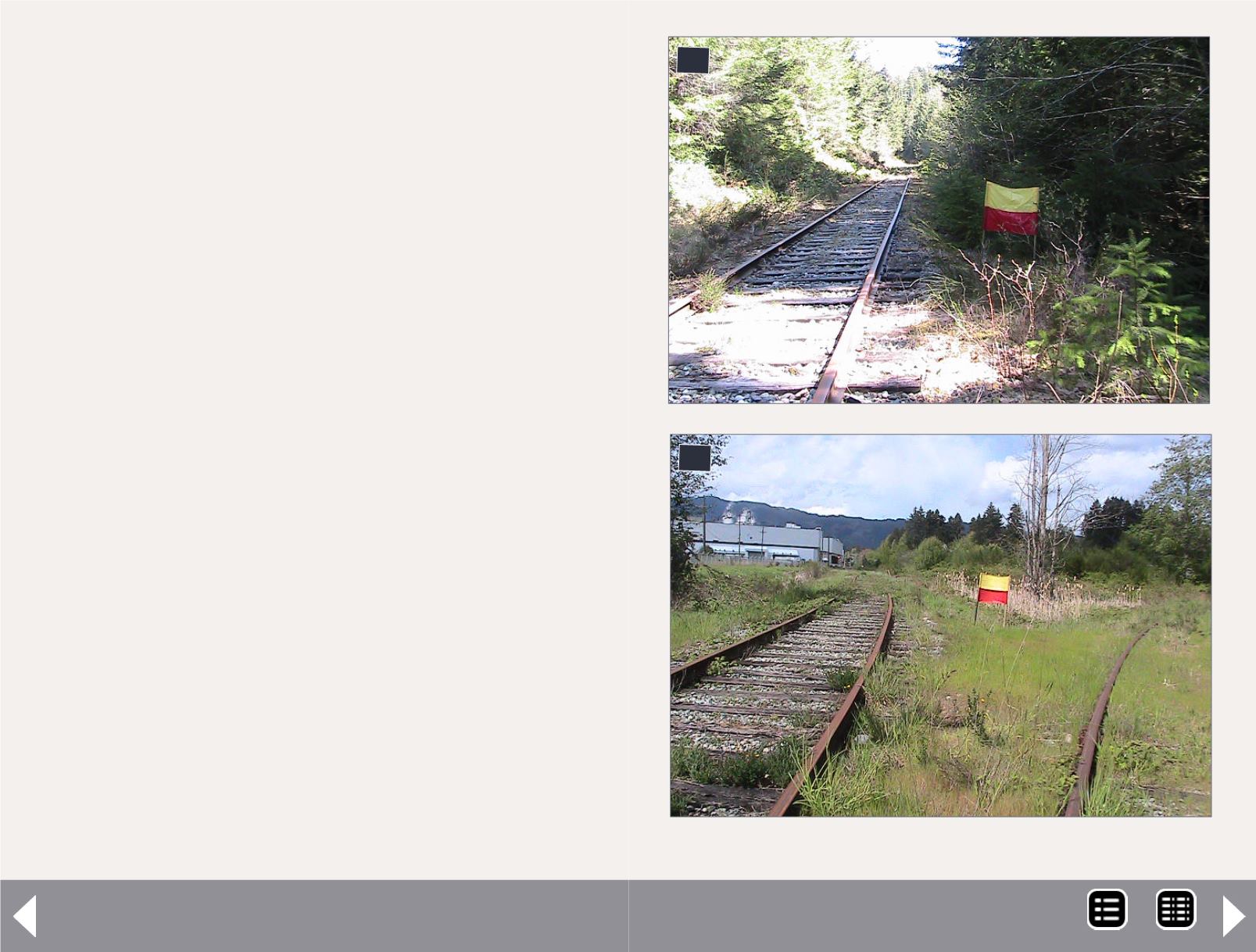
Maintenance flags - 4
5a
5b
5a-5b. Prototype yellow-over-red flags.
performing some other type of track maintenance. The track
foreman would place the flag as directed by the operating rules
before the work is started, and remove the flag when it is safe
for a train to proceed. The location of the red flag will always
be published in the General Bulletin Orders (GBO) and the
Daily Operation Bulletin (DOB) [5a-5b].
If the flag is to remain in place during the hours of darkness, a
red light must be mounted to the flag. If the red maintenance
flags are designed to be secured between the rails they could
very well be metal with a central mounting stake. Red flags
mounted on the right side of the track will most likely be cloth
and be mounted with two metal stakes. See Rules 840.1, 840.2,
842 in the sidebar. Red flags used judiciously during an operat-
ing session could easily make the session more interesting [12].
Yellow flags indicate a Slow Order and require a train to pro-
ceed at the designated speed in the operating rules, often only
five or 10 MPH. Maybe a rail has cracked, or a maintenance
crew is working on an adjacent track, repairing a turnout, or
performing other maintenance on the line. Yellow flags can
also be used to indicate slow orders in areas where unforeseen
hazards like falling rocks may occur. As with the blue and red
flags, if the flag remains in place during the hours of darkness,
then a yellow light must be mounted to the flag.
Yellow flags are placed on the right side of the track and may
be metal with a single stake, or cloth with two stakes, depend-
ing upon the railway. Yellow flags would always be followed by
a green flag at the end of the Slow Order area. Slow orders will
also be published in the GBO and in DOB. See Rules 840.1, 843,
845 in the sidebar. Yellow flags can be very easily incorporated
into our model railroads for operating interest [6 and 13].
MRH-Dec 2014


